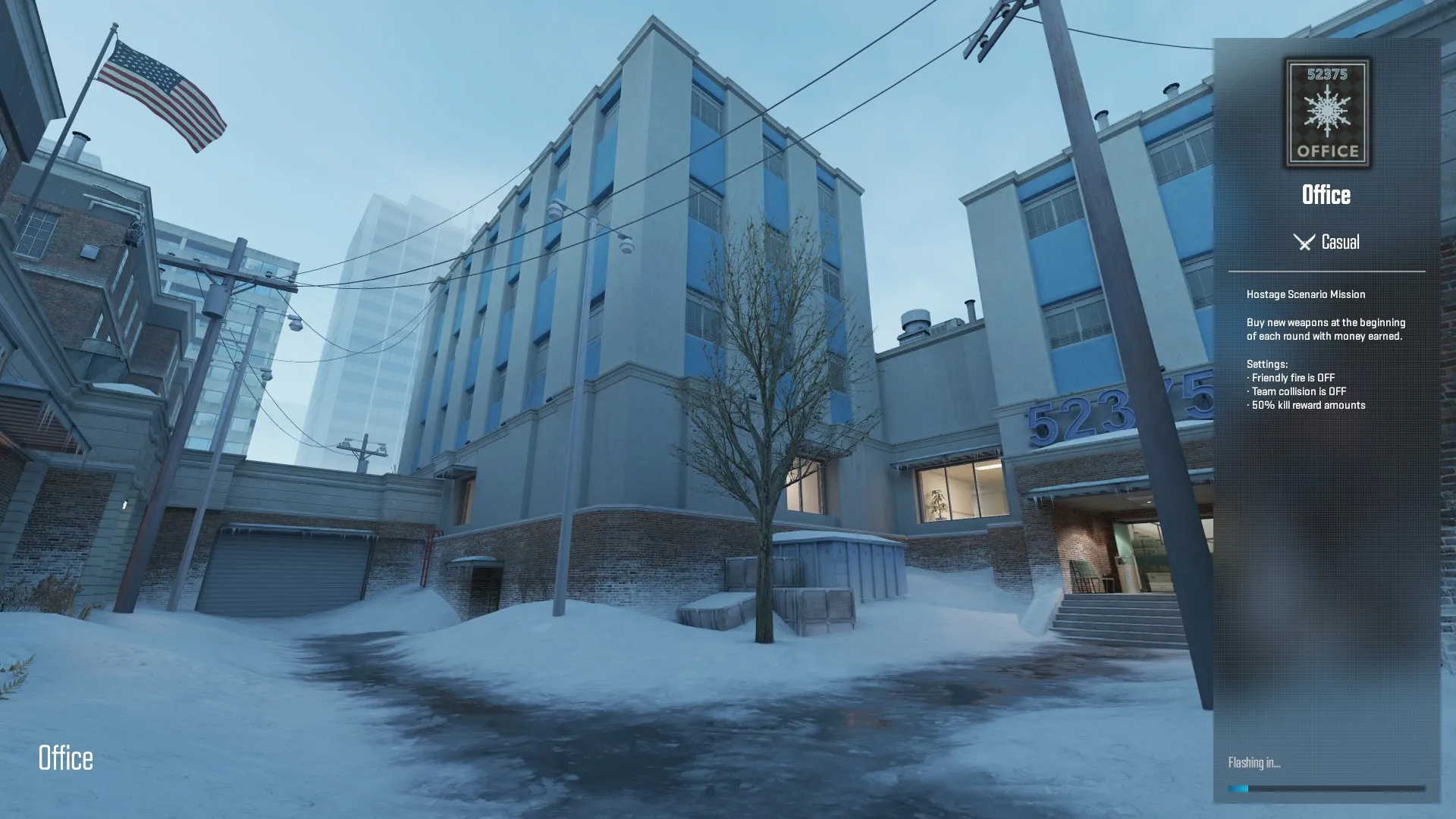Antalya Escapes
Discover the best of Antalya with exclusive insights and tips.
The Physics of Explosions: CS2 Bomb Defusal Map Design Revealed
Explore the science behind explosions and unveil the secrets of CS2 bomb defusal map design. Discover tactics that could change your game!
Understanding the Science Behind Explosions in CS2: A Comprehensive Guide
Understanding the science behind explosions in CS2 involves exploring the fundamental principles of physics and game design that create realistic and impactful blast effects. In the context of Counter-Strike 2, explosions are not just random events; they are carefully programmed to simulate real-world dynamics, including blast radius, damage calculations, and environmental interactions. The game developers utilize complex algorithms to model how explosions affect players and objects, ensuring a thrilling experience rooted in both entertainment and realism.
To dive deeper into this subject, consider the following key components that define explosions in CS2:
- Explosive Types: Different explosives have varying properties, including frag grenades, smoke bombs, and molotov cocktails, each engineered for specific tactical advantages.
- Physics Engine: The robust physics engine in CS2 calculates trajectories, force of impact, and how environmental objects are affected by explosions in real-time.
- Player Impact: Understanding the effects of explosion damage on player health, armor, and position adds a strategic layer to gameplay, compelling players to think critically about their explosive choices.

Counter-Strike is a highly popular team-based first-person shooter that has garnered a massive following over the years. Players engage in various game modes where they assume roles of terrorists or counter-terrorists. For those interested in the game’s economy, you can find the Top-Gewinner von CS2 Skins to enhance your gaming experience.
How Bomb Defusal Maps in CS2 Utilize Physics Principles
The design of bomb defusal maps in Counter-Strike 2 (CS2) brilliantly integrates various principles of physics, fundamentally altering how players interact with the environment. Physics not only dictates the movement and trajectory of projectiles but also influences the destruction and interaction of objects within the game. For instance, players must consider factors such as gravity, friction, and force when strategizing their movements and engagements. This adds a layer of realism that intensifies gameplay; players can utilize the environment to their advantage, whether through barricades or elevation changes, thus relying on their understanding of physics principles to succeed in critical moments.
Moreover, the bomb defusal maps leverage realistic sound propagation and environmental effects to simulate an authentic battlefield experience. Players can use sound cues to deduce the location of opponents or the bomb, reinforcing the significance of auditory physics in decision-making. The interplay between visual elements, such as lighting and textures, and physics creates a dynamic field where players must adapt quickly. Additionally, understanding these physics principles can significantly enhance a player’s ability to complete objectives, evade detection, or execute effective strategies during high-stakes defusal scenarios.
What Factors Affect Explosive Outcomes in CS2 Gameplay?
In the fast-paced world of CS2 gameplay, numerous factors can contribute to explosive outcomes during matches. One of the primary elements is the teamwork and communication between players. Effective coordination allows teams to execute strategies seamlessly, leading to successful engagements with opponents. Moreover, understanding map layouts and leveraging environmental advantages can significantly influence the outcome of critical moments in the game.
Another crucial factor is player skill and experience. Players who possess a deep knowledge of weapon mechanics and game mechanics can capitalize on opportunities to secure kills or achieve objectives. Additionally, economic management plays a vital role; teams that effectively manage their resources can gain access to superior weapons and utilities, further increasing their chances of achieving explosive results. Ultimately, combining these elements creates a dynamic gameplay experience that can lead to memorable victories or devastating defeats.